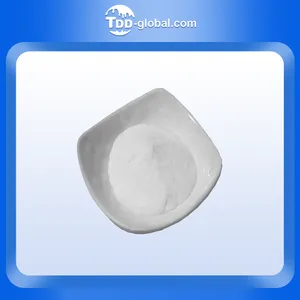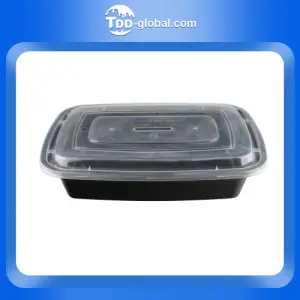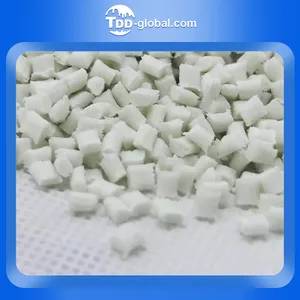[Compact Response]
Producing a 50/50 mixture of methanol and water is a straightforward process often used for various applications like fuel blends or antifreeze. Here's a simple method:
1. Safety First: Wear protective gear like gloves and goggles since methanol is toxic and flammable.
2. Measure Accurately: Gather equal volumes of methanol and water. You can use a graduated cylinder or a measuring cup for precision.
3. Mixing: Pour the methanol into a clean, non-reactive container (preferably glass or plastic). Slowly add the water while stirring gently to combine.
4. Double-check: Verify the ratio before use. If needed, use a hydrometer to measure the solution's specific gravity.
Remember, this mixture can be hazardous; handle it with care, store it properly, and avoid ingestion or skin contact.
Recommended Suppliers
-
 小敏测试128
小敏测试128 -
 5xiaominrenminbiAAABBB
5xiaominrenminbiAAABBB -
 Kaolin Clay 4000 Mesh
Kaolin Clay 4000 Mesh -
 High quality china manufacture disposable plastic cups plastic hot drink cups 12oz PP red disposable cup
High quality china manufacture disposable plastic cups plastic hot drink cups 12oz PP red disposable cup -
 MF1000 disposable rectangle plastic container 1000ml
MF1000 disposable rectangle plastic container 1000ml -
 Polyethylene 2420D
Polyethylene 2420D -
 PET (Polyethylene Terephthalate)Resin, Bottle Grade YS-H01
PET (Polyethylene Terephthalate)Resin, Bottle Grade YS-H01
- •how many crankshafts are in a v8 automobile engine
- •how to make 50 50 methanol
- •how to make 50 50 methanol
- •low carbon dioxide in blood
- •A brief analysis of the cost of China’s talcum powder industry
- •Brief description of talcum powder wastewater treatment application and development suggestions
- •Market Prospects and Potential of China’s Talcum Powder Industry
- •The main ingredient of baby powder in European and American countries is still talc
- •Quotation of talc powder in some areas of China on November 3






